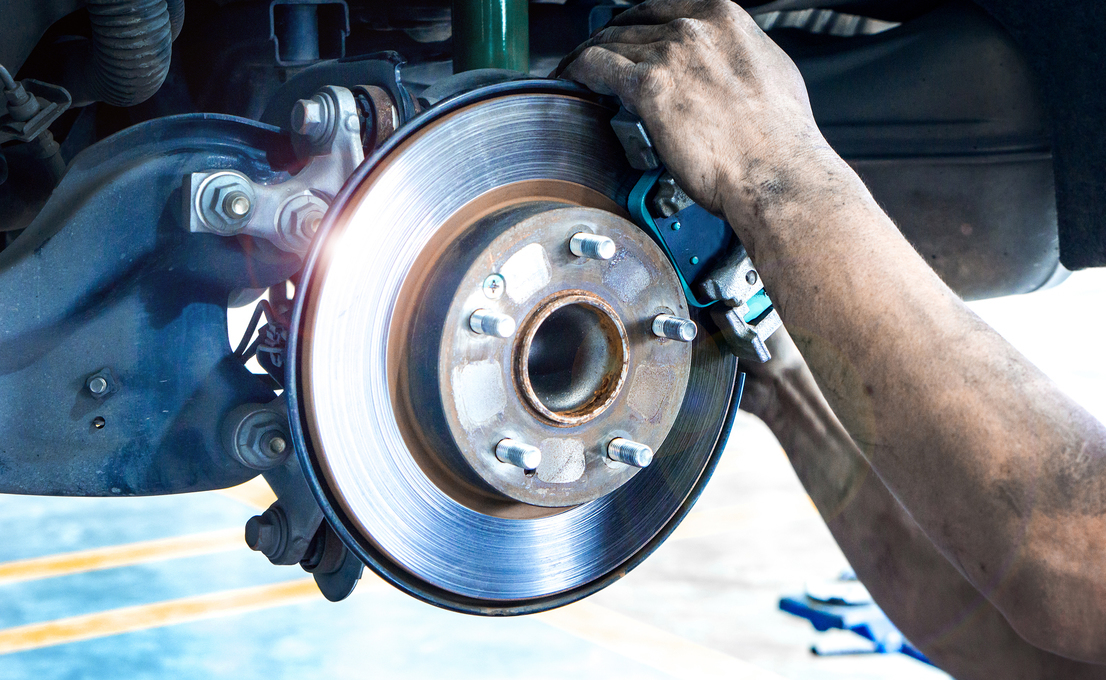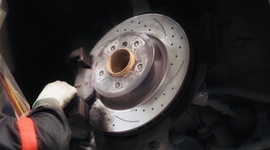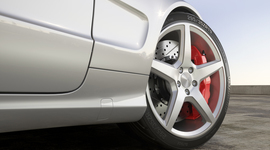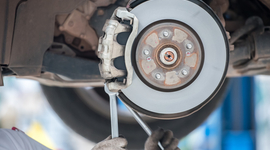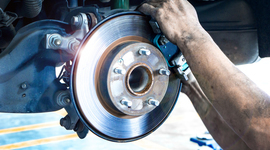Brake Repairs
We all know why brake work is important, especially because the majority of car accidents are caused by failure to stop.
Get your brake pads replaced, which naturally wears down as you use them, and aren’t too costly to fix. At AutoMechanica, this type of repair may also cover brake lines, discs, drums, and rotor repair.
Request A Callback